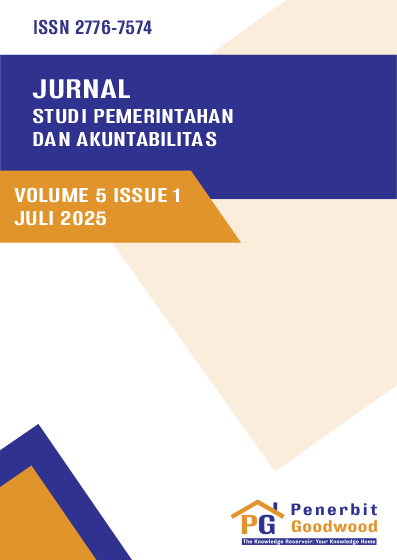Analisis Implementasi Kebijakan Pencegahan Perkawinan Anak Di Bawah Umur di Kabupaten Garut
Abstract:
Purpose: This research aims to analyze the implementation of policies to prevent underage marriage in Garut Regency, identify inhibiting factors, and formulate strategic efforts that can be made to strengthen the effectiveness of this prevention.
Methodology/approach: This research uses a descriptive qualitative method to analyze the implementation of child marriage prevention policies, and uses the implementation theory of Van Meter and Van Horn.
Results/findings: The research results show that policy implementation has not been optimal. This is due to the suboptimal performance of policy implementers, characterized by limited human resources and budget, weak implementation of comprehensive outreach, and minimal public awareness of the negative impacts of child marriage.
Conclusions: The implementation of child marriage prevention policies in Garut Regency is still not optimal because it faces various structural, technical, and cultural obstacles, so strategic efforts are needed in the form of sharpening guidelines, increasing the capacity and collaboration of implementers, strengthening accountability, optimizing social communication, and empowering the youth economy so that the policy can run more effectively.
Limitations: This research is limited to a qualitative descriptive analysis of policy implementation and the factors influencing it. It does not provide quantitative data on public engagement metrics, behavior change, or comparative analysis with other government agencies.
Contribution: This research contributes to the development of public policy implementation studies in the field of child protection and provides strategic recommendations that can be used as a reference for local governments in strengthening the effectiveness of child marriage prevention.
Downloads

This work is licensed under a Creative Commons Attribution-ShareAlike 4.0 International License.


